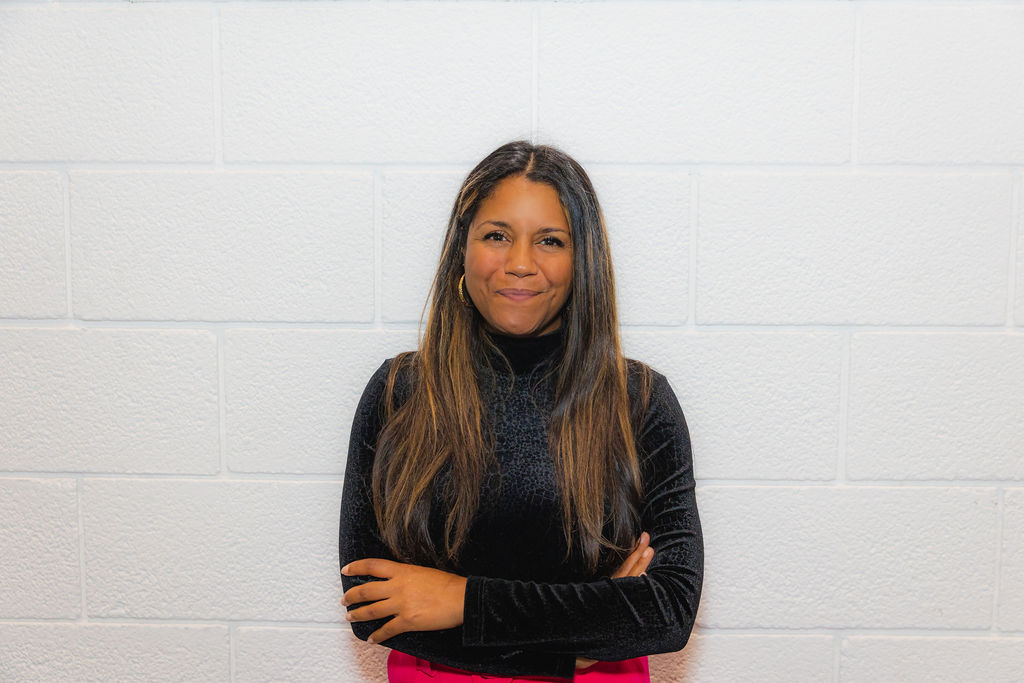Gabrielle Austen-Browne, founder of Diversity Alliance and co-founder of Diverse Speaker Bureau, talks accessibility in tech.
Lockdowns during the pandemic helped us experience (in a tiny way) what it feels like when the world becomes less accessible. It forced us to quickly adapt the way we worked by adjusting our digital worlds to be more accessible, which in turn, highlighted the need to make our virtual, hybrid and in-person events more accessible too.
Discussions around accessibility on panels and with clients have highlighted some gaps in knowledge and common concerns and misconceptions around introducing accessibility into the workplace and events. Including; that accessibility is too costly and complicated, concerns that additions may impact event budgets, and that accessibility will impact the flow of events.
There are 13.9m disabled people in the UK (with approximately 2-3% working in the events industry), failing to address workplace accessibility means we are ignoring a large portion of the workforce (workforce shortages anyone?) and a big population of our potential event audience (loss of potential revenue).
How to make events more accessible
But there are many actions we can take and tools we can utilise in the digital and tech space to help make the event experience
more accessible, such as:
• Ensuring websites and event listings are accessible – this is the first part of the event experience and if we don’t get this right, those who may experience events in a different way to us are less likely to engage.
• Ensuring any event platforms built comply with the web accessibility requirements established by Web Accessibility Initiative (WAI) and are compatible with ‘assistive’ technology, such as a screen reader.
• Adding captions and transcribing videos.
• Structuring online content so that it is easily decipherable by accessibility technology.
When it comes to in-person events and selecting venues, there is plenty of technology out there to support this. Such as digital-accessibility maps which make finding venues that are accessible, easier.
The ability to engage with content is also incredibly important for those with visual and hearing impairments, using subtitles, offering closed captions and translation services in real time need to be standard where possible.
So, what’s the best way of ensuring we are inclusive and accessible? This starts with what DEI professionals always talk about – representation. The voice of disabled people is frequently missed in the decision- making process, which
is why we need diversity in the workplace and part of the decision-making process.
Planners need to be proactive in the way that they approach accessibility and work with venues, AV companies, and event tech providers to ensure this happens for each and every event.
Many are not aware that we have a legal duty to consider accessibility when planning an event and from a moral perspective – equality means allowing for the financial wellbeing of people with disabilities which benefits the overall economy.




















